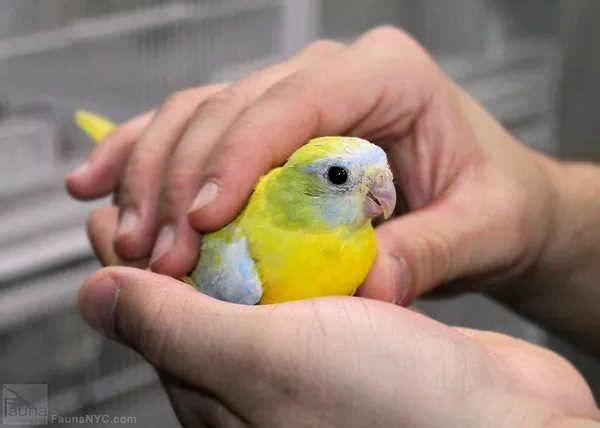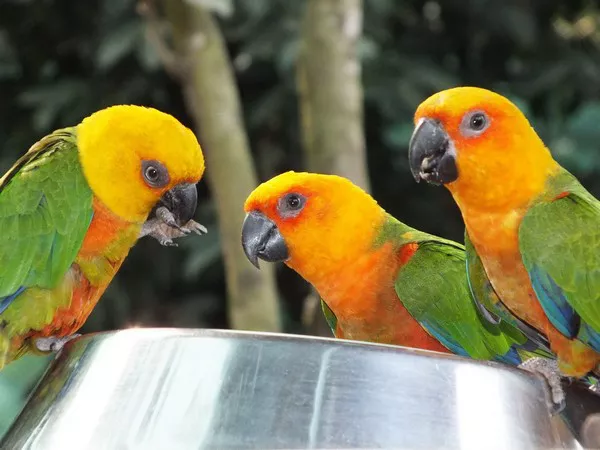Indian Ringnecks, scientifically known as Psittacula krameri manillensis, are delightful and intelligent parrots native to South Asia. Their vibrant plumage and charming personalities make them popular choices for avian enthusiasts. However, observing your beloved Indian Ringneck losing feathers can be a cause for concern. Feathers play a vital role in a bird’s health and well-being, and understanding the reasons behind feather loss is crucial for their proper care. In this article, we will explore the various factors that could lead to feather loss in Indian Ringnecks and provide insights into how to address and prevent these issues.
Molting:
Feather loss is a natural process for all birds, including Indian Ringnecks. Molting is the shedding and replacement of old feathers with new ones, allowing birds to maintain healthy and functional plumage. Molting typically occurs once or twice a year and can vary in duration.
During this process, it is normal to observe feather loss, which is a sign that new feathers are growing in. Providing a balanced diet rich in essential nutrients can support your Indian Ringneck during molting.
Poor Diet:
An inadequate or imbalanced diet can lead to feather problems in Indian Ringnecks. These birds require a diet that includes a variety of fresh fruits, vegetables, high-quality pellets, seeds, and occasional treats.
Nutritional deficiencies, particularly of vitamins like Vitamin A, can result in feather problems. Consult an avian veterinarian or a qualified avian nutritionist to ensure your Indian Ringneck’s diet is well-rounded and appropriate for its needs.
Stress and Anxiety:
Stress and anxiety can manifest in feather loss among Indian Ringnecks. Changes in their environment, introduction to new pets, loud noises, or lack of mental stimulation can trigger stress.
Providing a secure and stimulating environment, regular social interaction, and a consistent routine can help alleviate stress-related feather loss.
Skin and Feather Disorders:
Skin and feather disorders can lead to feather loss in Indian Ringnecks. Conditions like feather mites, bacterial or fungal infections, and allergies can cause itching, discomfort, and excessive preening, resulting in feather loss.
Regularly inspect your bird’s plumage for any signs of abnormality, and seek immediate veterinary care if you notice any issues.
Hormonal Changes:
Hormonal changes, particularly during breeding seasons, can influence feather loss in Indian Ringnecks. Some birds may exhibit increased preening and feather plucking due to hormonal fluctuations.
Ensuring an appropriate light cycle and discouraging breeding behavior can help manage hormonal triggers.
Self-Mutilation and Feather Plucking:
In some cases, Indian Ringnecks may engage in self-mutilation or feather plucking, which can lead to severe feather loss. This behavior can result from various factors, including boredom, loneliness, anxiety, and medical issues.
Identifying the root cause of such behavior is crucial, and professional intervention is recommended to address and manage these issues effectively.
Conclusion:
Feather loss in Indian Ringnecks can be a worrisome issue, but it’s important to remember that it’s often a symptom of an underlying problem. By understanding the potential causes of feather loss, you can take proactive steps to address and prevent these issues. Providing a nutritious diet, a stimulating environment, regular veterinary care, and social interaction are essential for maintaining the health and well-being of your Indian Ringneck. Remember, each bird is unique, so observing your bird’s behavior and seeking professional advice when needed will help ensure a happy and feathered companion for years to come.
Recommended reading:
























